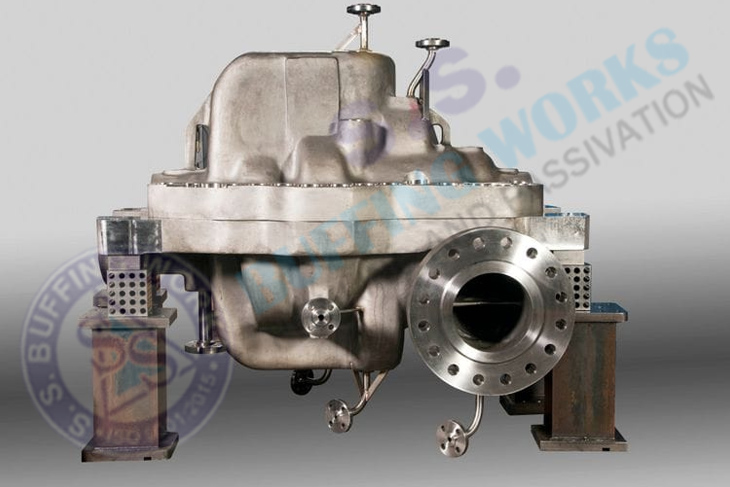Pickling & passivation are the most widely used surface treatment method for stainless steel castings. Stainless steel casting can corrode in service if there is contamination of the surface. Both pickling and passivation are chemical treatments applied to the surface of stainless steel casting to remove contaminants and assist the formation of a continuous chromium-oxide, passive film. Pickling and passivation are both acid treatments and neither will remove grease or oil.
As black or yellow scale cinder are easily produced during machining process of stainless steel investment castings, in order to improve the appearance and corrosion resistance, we must do pickling & passivation treatment after stainless steel casting.
“Pickling is the removal of any high temperature scale and any adjacent low chromium layer of metal from the surface of stainless steel casting by chemical means.”
Pickling Process of SS Casting
Where the steel has been heated in stainless steel casting process, to the point where a coloured oxide layer can be seen, there is a chromium depleted layer on the surface of stainless steel casting underneath the oxide layer. The lower chromium content gives lower corrosion resistance. To restore the best corrosion resistant performance, the damaged metal layer must be removed, exposing a fully alloyed stainless steel surface. Mechanical removal may leave abrasive or other particles embedded (interfering with corrosion performance) or may be impractical, so chemical means are usually employed.
Procedures incorporating pickling solutions of nitric (HNO3) and hydrofluoric (HF) acids remove the scale and the underlying chromium depleted layer and restore the corrosion resistance. Pickling solutions also remove contaminants such as ferrous and ferric oxide particles. Pickling solutions other than mixtures of nitric and hydrofluoric acids exist and can be used for specialised applications.
Passivation Process of SS Casting
Passivation is another treatment applied on the surface of stainless steel castings, often with acid solutions (or pastes), to remove contaminants and promote the formation of the passive film on a freshly created surface.
Common passivation treatments include nitric acid (HNO3) solutions or pastes which will clean the stainless steel casting surface of free iron contaminants. Care must be taken in selecting and using passivation treatments to ensure the selected treatment will target the contaminant. Passivation will also aid in the rapid development of the passive oxide film on the products’ surface. Passivation does not usually result in a marked change in appearance of the casting surface.
